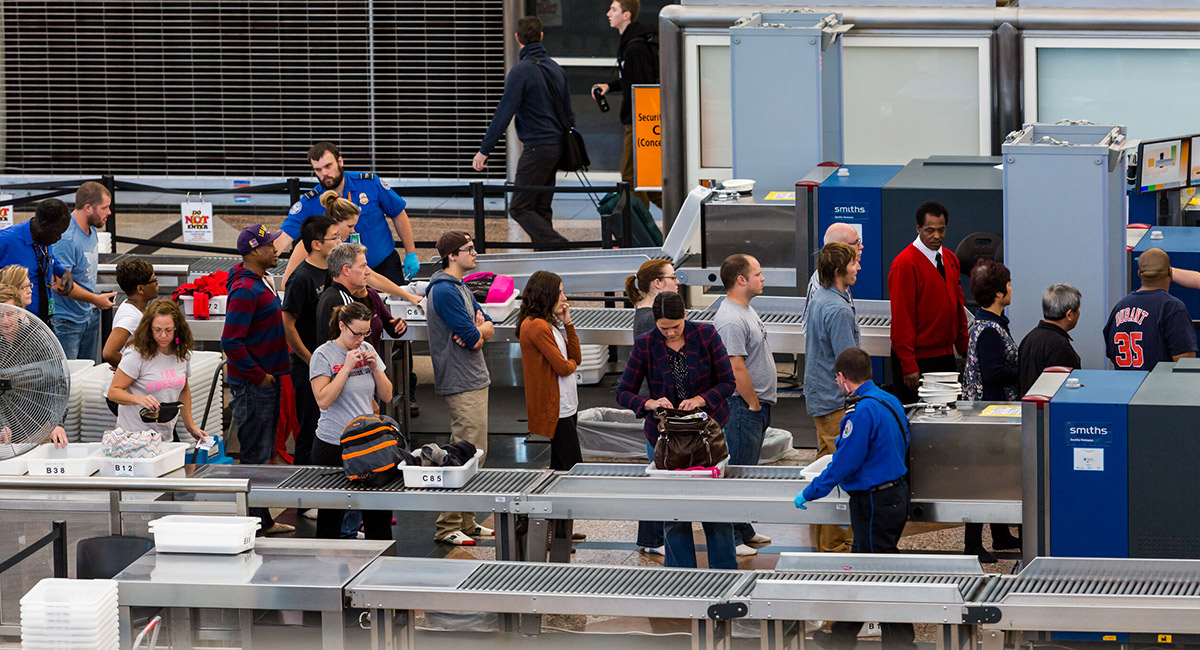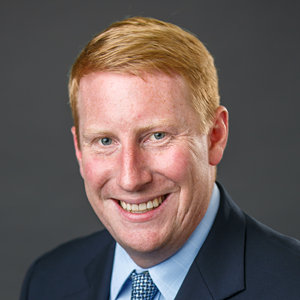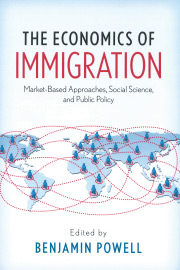Twenty years after the Sept. 11 terrorist attacks, people in the United States still put up with the Transportation Security Administration’s (TSA) airport security theater. While the COVID-19 pandemic will eventually peter out, will its health and safety mandates become hygiene theater for decades to come?
TSA security policies and COVID-19 health and safety mandates are eerily similar in two regards. Both were implemented in environments of widespread fear and panic, and both create hassles that purport to decrease risks that are, at least now, very small for the vast majority of Americans.
A report by the Cato Institute’s Alex Nowrasteh on the risk of terrorism found that terrorists killed 3,518 people in the United States between 1975 and 2017. Most of those deaths (about 3,000) were a result of the 9/11 attacks. Even with those deaths included, the annualized risk of death from a terrorist attack is about one in 3.3 million. The annual risk of being killed in a homicide during this same time decreased from 9.5 to 4.6 per 100,000 people.
Some people claim that security measures implemented in response to the 9/11 attacks are responsible for keeping these numbers so low. When making his agency’s 2019 budget request, TSA administrator David Pekoske claimed that “since September 11, 2001, there have been no successful attacks on the U.S. aviation system” and that “since 9/11 we have taken bold and unprecedented steps to ensure the security of aviation.”
While there hasn’t been a hijacking since 9/11, there were also no hijackings of commercial flights in the United States in the 16 years prior to the 9/11 attacks, when there was no TSA. Are TSA policies that prohibit the carrying of liquids or that require passengers to take off their shoes during security screenings really responsible for safety?
Former TSA Administrator Jeff Sural wrote that “reasonable passengers don’t put up much of a fuss about complying with safety and security requests” and that “a little extra scrutiny at the checkpoint is a small price to pay to keep our larger society uninhibited.” However, economists Christopher Coyne and Abigail Hall point out in their new book, “Manufacturing Militarism,” that the TSA has provided no evidence that liquid bans or shoe removals have actually enhanced safety.
Coyne and Hall argue that rather than promoting safety, the TSA promotes a culture of fear disproportionate to risk in order to propagandize the American public into believing the agency is more important than it is. The propagandizing enhances TSA budgets while leaving the rest of us performing useless and inconvenient security theater.
COVID-19 has been much deadlier for Americans than terrorism. As of this writing, more than 650,000 Americans have died in less than two years. We have known for most of the pandemic that the risk of death varies significantly by age and health status, and now vaccines have tremendously lowered the fatality rate for all age groups.
Today the risk of death from COVID-19 for children and most vaccinated adults is no greater than other routine risks we accept in our daily lives without thought. Fewer than 500 American children under 17 have died from the disease since the start of the pandemic, while a few thousand die in car accidents each year. For children and vaccinated adults, the New York Times recently summarized the situation by writing, “For the vast majority of people, the virus resembled a typical flu, rarely causing serious illness.” However, the incentives of health bureaucrats will be to continue to propagandize us by inflating the risk in order to maintain their own authority, prestige, and budgets.
For example, the federal mask mandate on airplanes that was set to expire on Sept. 13 has been extended to Jan. 18, despite the low risk of severe cases for most Americans. Although the Delta variant undoubtedly played a role in that decision, we should be concerned that health bureaucrats will frighten Americans with new variants to get us to continue to accept their “inconveniences” based on false claims of the safety they provide—much as the TSA has done with terrorism over the last 20 years.












